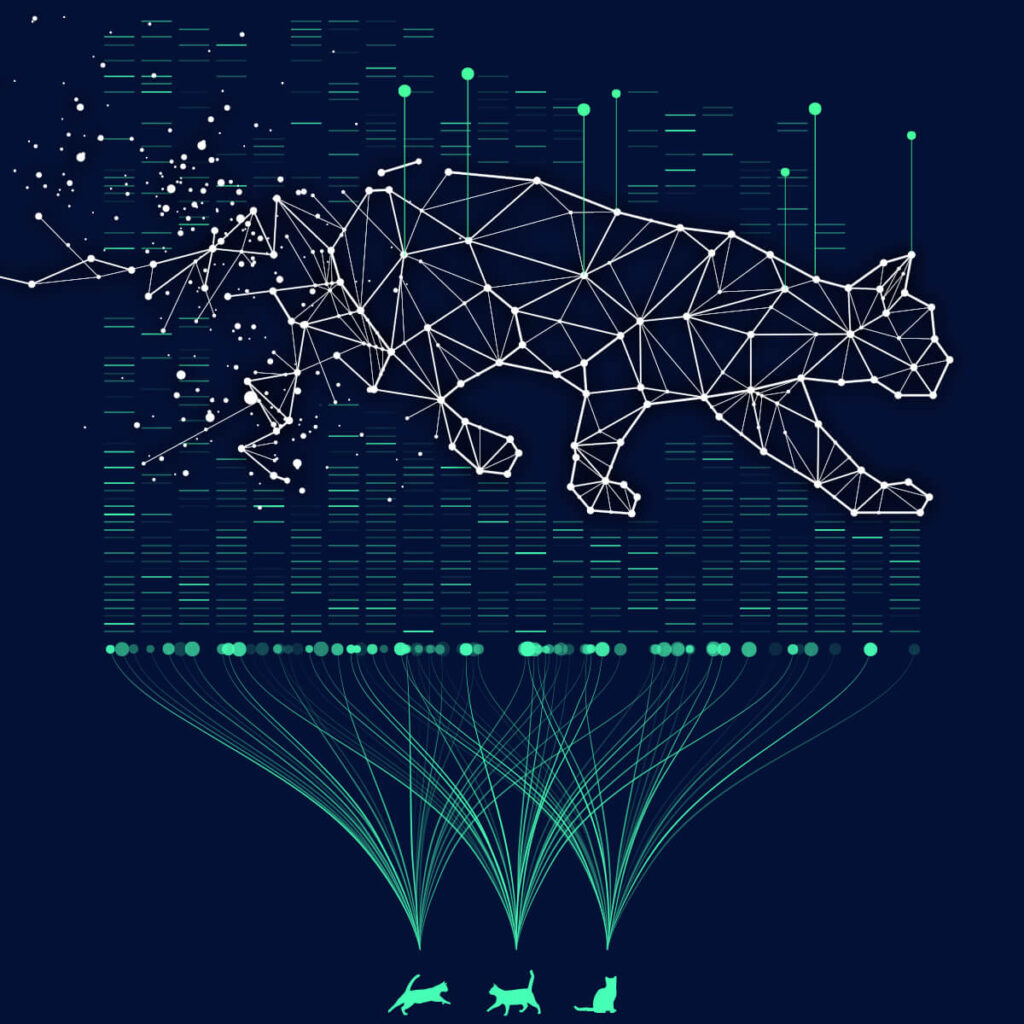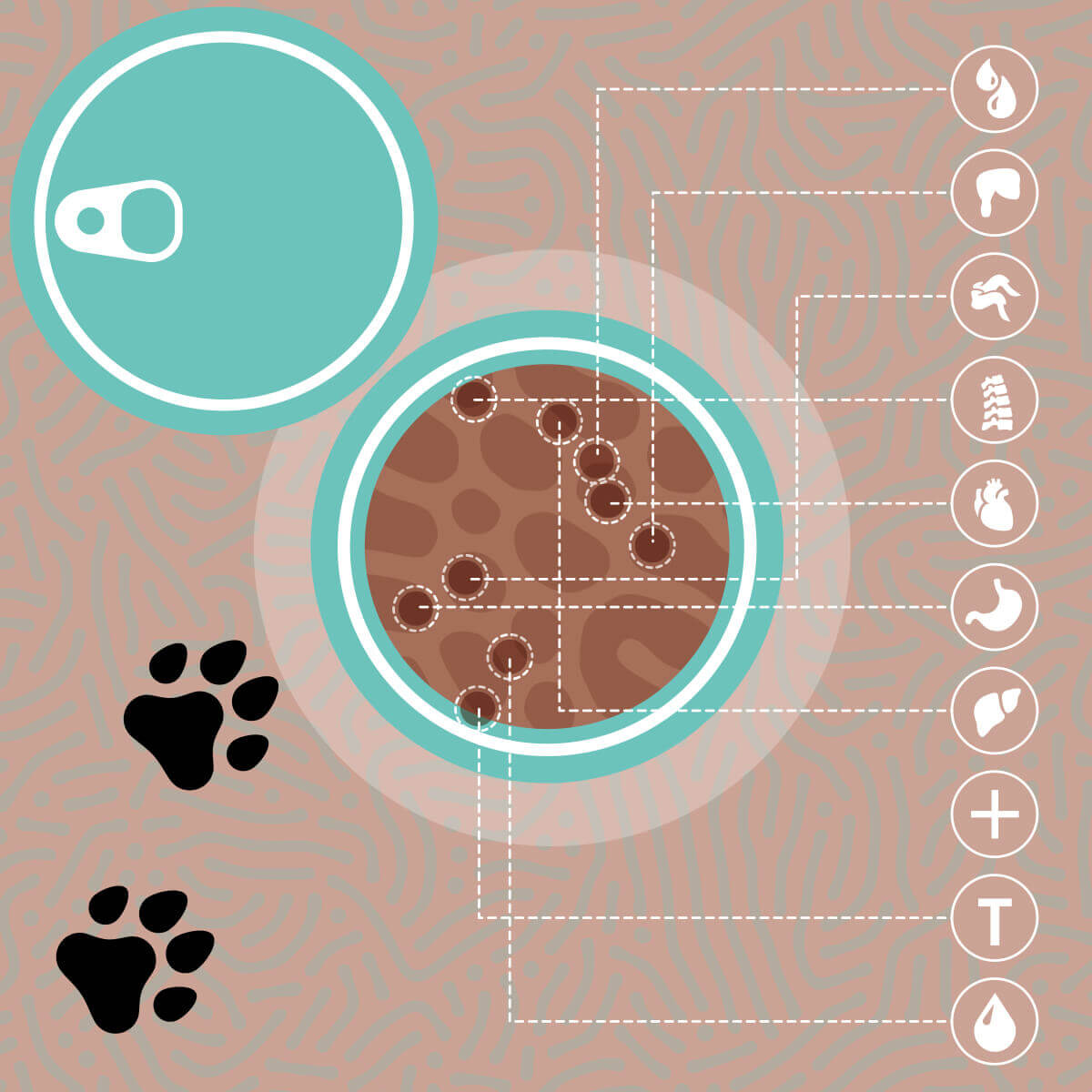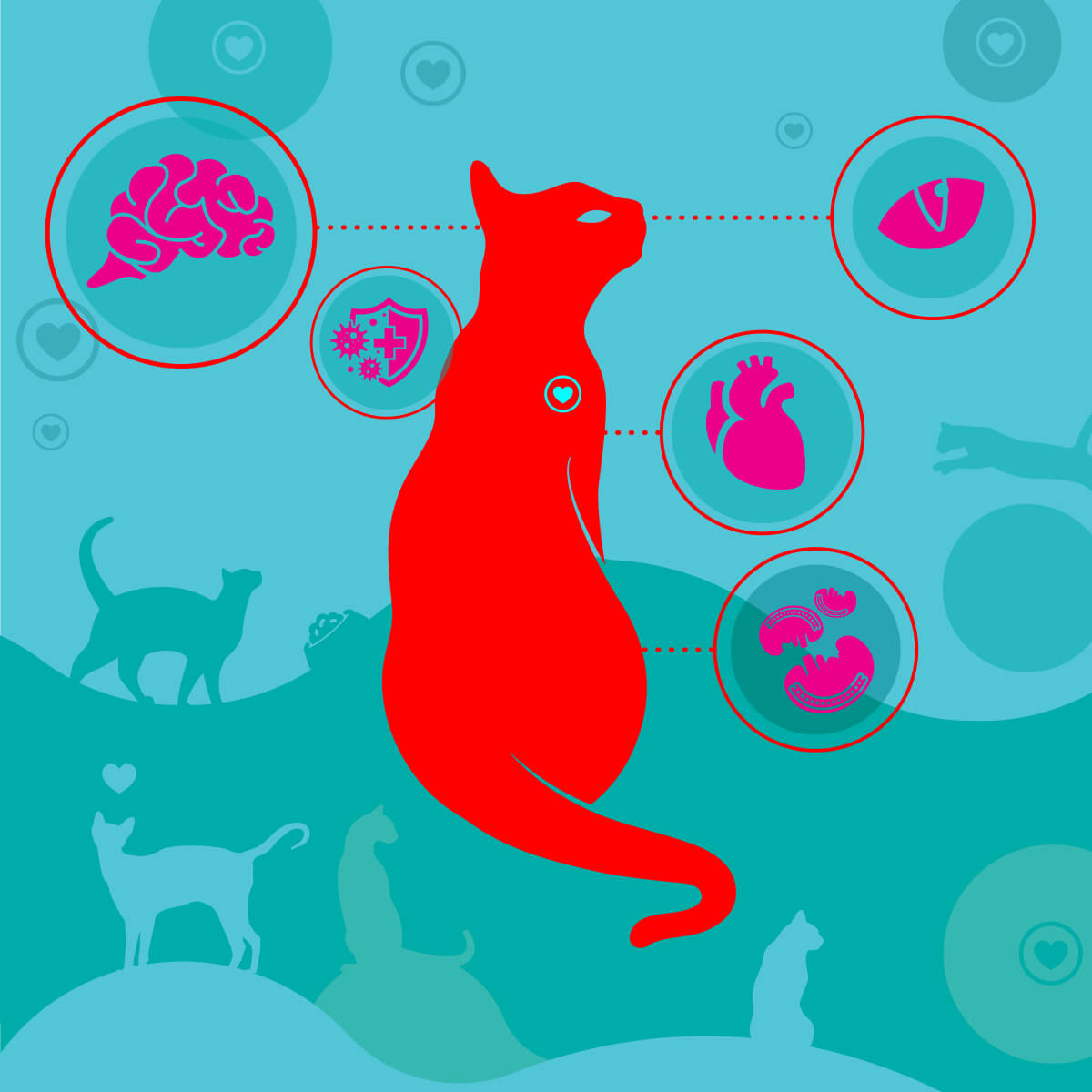Genetic research into the true nature of a carnivore
18 years ago, Cinnamon the Abyssinian became the first domestic cat to have her genome sequenced, and the world of feline science changed forever.
In November 2007, a quiet revolution took place in the world of animal genetics. A 4-year-old Abyssinian cat named Cinnamon became the first domestic feline to have her genome sequenced, placing her among the earliest companion animals, after the dog and alongside the horse, to have their full genetic blueprint mapped.
Cinnamon was chosen because of her well-documented lineage and a known mutation linked to retinal degeneration – a condition affecting both cats and humans. Her consistent pedigree made her the ideal subject for such a groundbreaking project.
This was more than a scientific curiosity. It marked the beginning of a new era in understanding what makes cats who they are – from inherited diseases and physical traits to behaviour, breed development, and nutrition. The sequencing of Cinnamon’s genome gave researchers access to thousands of feline genes and opened the door to the development of advanced veterinary diagnostics, breed-specific insights, and, eventually, the kind of precise nutritional support that cats like yours benefit from today.
With this new genetic understanding, veterinary laboratories gained tools to test for hereditary conditions. Breeders gained the ability to make healthier choices. Scientists could explore the link between feline and human diseases. It was a foundational moment that continues to shape how we care for cats.
At 3coty®, we honour that genetic truth. We create meat-only recipes based on the idea that cats are obligate carnivores not just by behaviour, but by biology. Understanding where cats come from, right down to their DNA, is the foundation of feeding them right. 18 years later, we’re still learning. But the message from Cinnamon’s genome is clear: cats were never meant to eat like omnivores.
Curious how genetics continues to shape the future of feline health? Visit the 3coty® blog to explore the science behind our recipes and discover how feeding meat-only is more than a choice. It’s in their DNA.
![]()
Did you know? The Human Genome Project, launched in 1990, was the first major effort to map the full genome of a complex organism. It was declared complete in 2003. The first animal genome ever fully sequenced, however, was that of a tiny worm (Caenorhabditis elegans) in 1998. In the years that followed, scientists sequenced the genomes of the mouse (2002), rat (2004), dog (2005), and chimpanzee (2005), leading up to the domestic cat in 2007.






